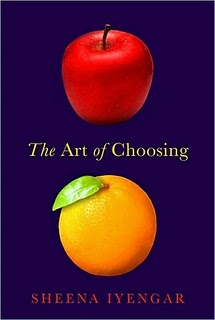Why More Choice Can Be Bad For Investors
We’re accustomed to thinking of choice as a good thing. But behavioural economists now understand that too many options can lead people to make poor decisions—or sometimes no decision at all. In her outstanding book The Art of Choosing (Twelve, 2011), Toronto-born Sheena Iyengar shares a story about how this affects investors. In 2000, Iyengar, a professor [...]
 We’re accustomed to thinking of choice as a good thing. But behavioural economists now understand that too many options can lead people to make poor decisions—or sometimes no decision at all. In her outstanding book The Art of Choosing
We’re accustomed to thinking of choice as a good thing. But behavioural economists now understand that too many options can lead people to make poor decisions—or sometimes no decision at all. In her outstanding book The Art of Choosing










